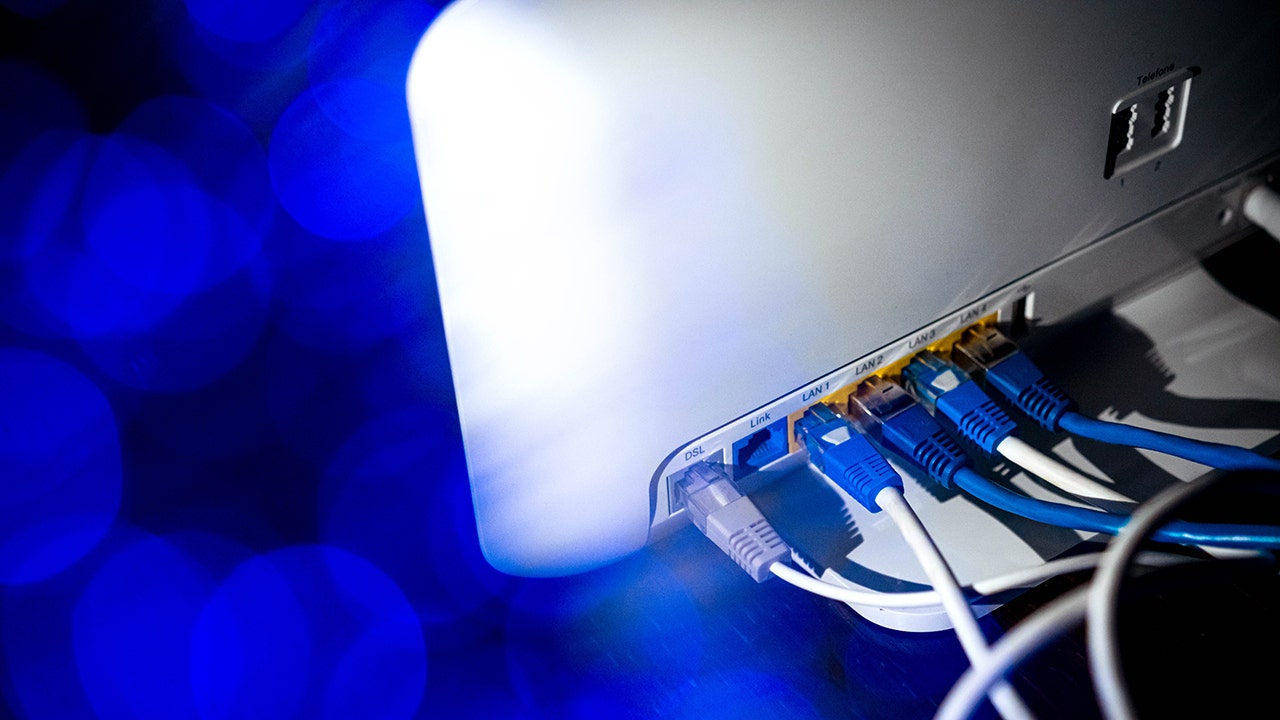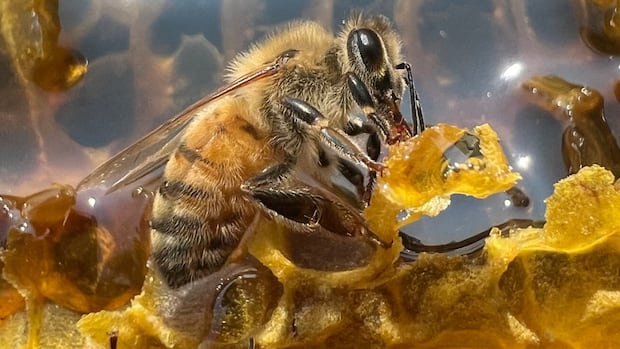What happened in climate news in 2024? Take our quiz

September and October, causing widespread damage and devastation.
2. A company in California is sending balloons full of sulfur dioxide into the stratosphere in an effort to reflect sunlight and cool the Earth to fend off global warming. What is this process called?
Answer: d) Aerosol injection.
3. Nations have been meeting this year to hammer out a treaty on plastic pollution. How heavy was the plastic thrown away globally between 1950 and 2015? As heavy as:
Answer: a) More than 13 million 747 jumbo jets.
4. The big deal at this year’s UN Climate Summit, COP29, was climate financing for developing countries. In an agreement called the NCQG, countries agree to deliver $300 billion annually by 2035. What does NCQG stand for?
Answer: b) New Collective Quantified Goal.
5. The Insurance Board of Canada said this summer shattered records for insured losses from weather disasters. Of these four summertime catastrophic events, which cost the most?
Answer: a) Flooding in Toronto and other parts of southern Ontario.
6. Canada’s greenhouse gas emissions dropped slightly in 2023 to the equivalent of 702 megatonnes of carbon dioxide, but emissions from the oil and gas industry continued to rise. What percentage of Canada’s total emissions come from oil and gas?
Answer: a) 72 per cent.
7. “Waste” heat is a green and efficient way to heat buildings. What source(s) of waste heat is/are being used in Canada?
Answer: d) All of the above.
8. In Montreal, one form of public transportation has grown 55 per cent since 2021. It has also seen double-digit growth in other major Canadian cities. What is it?
Answer: b) Electric buses.
9. Canada exports more oil and gas than it consumes. How do estimated emissions from our exported fossil fuels compare to our total national emissions?
Answer: d) More than our national emissions.
10. People working in traditional energy jobs have skills that are transferable to the clean energy and clean economy sectors. Drilling and pipe installation are used in which of the following industries?
Answer: c) Wind turbine maintenance.
These questions highlight the significant climate events and actions taken in 2024. Stay informed and keep up with the latest news on our Climate and Environment page. Subscribe to our newsletter to receive weekly updates.




